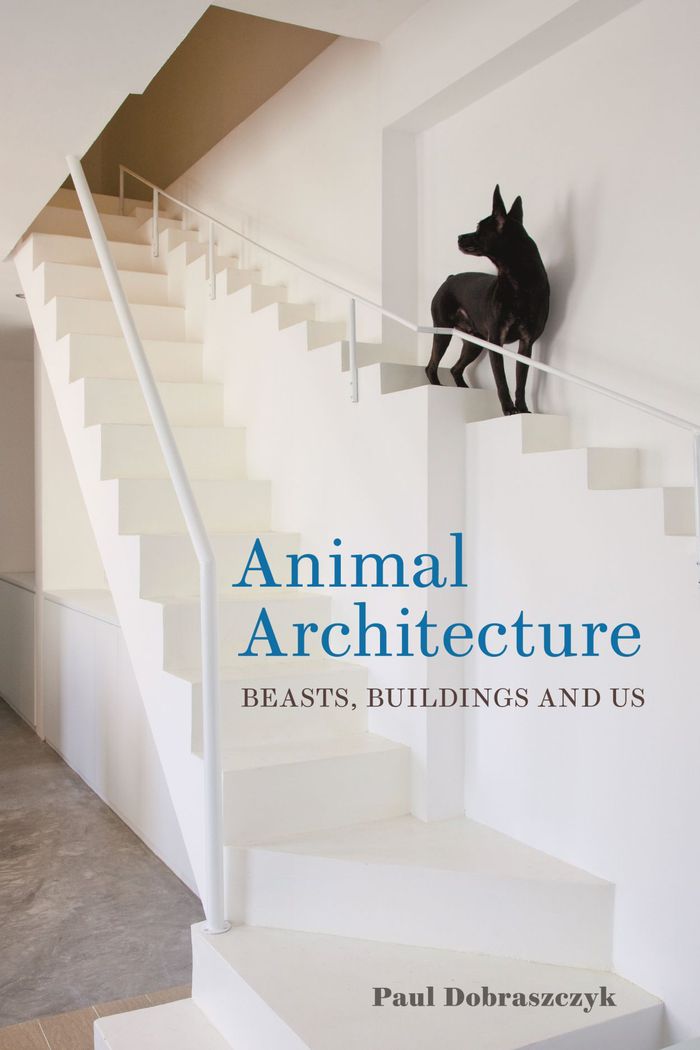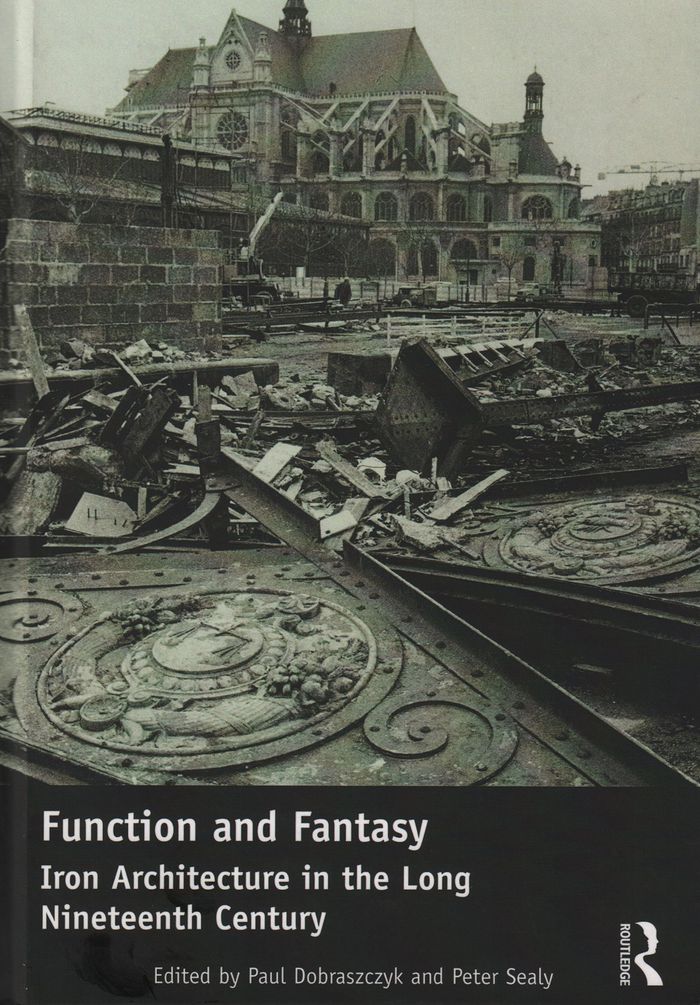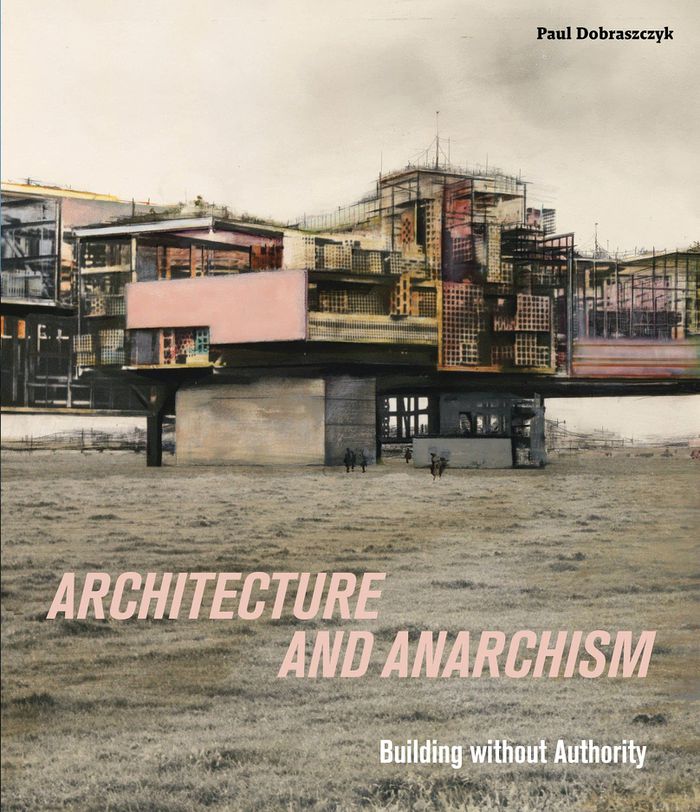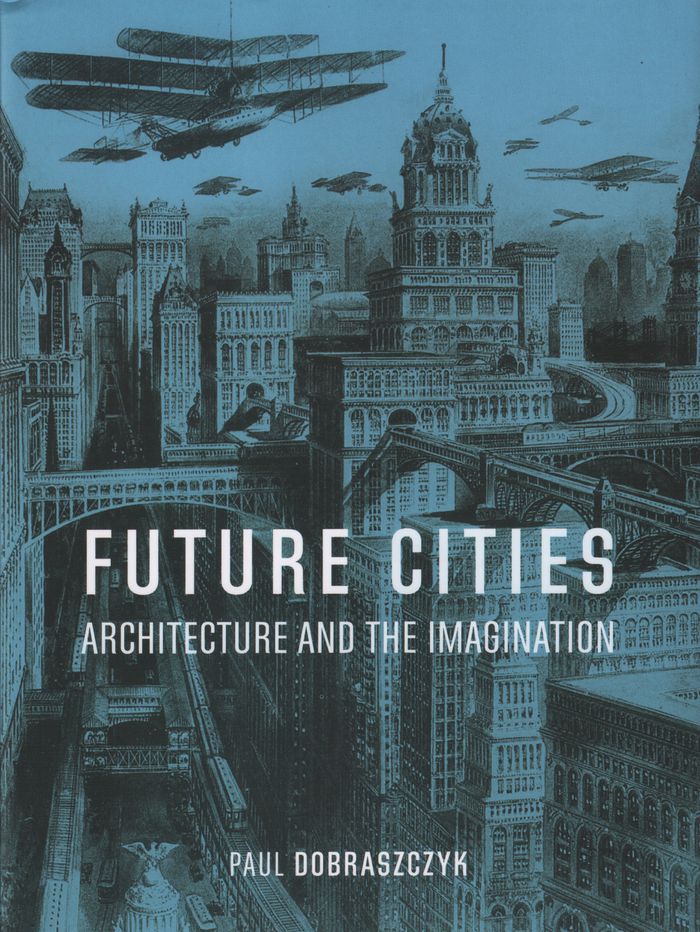$50.00
(disponible en magasin)
Résumé:
A spider spinning its web in a dark corner. Wasps building a nest under a roof. There’s hardly any part of the built environment that can’t be inhabited by nonhumans, and yet we are extremely selective about which animals we keep in or out. This book imagines new ways of thinking about architecture and the more-than-human and asks how we might design with animals and the(...)
Animal architecture: Beasts, buildings and us
Actions:
Prix:
$50.00
(disponible en magasin)
Résumé:
A spider spinning its web in a dark corner. Wasps building a nest under a roof. There’s hardly any part of the built environment that can’t be inhabited by nonhumans, and yet we are extremely selective about which animals we keep in or out. This book imagines new ways of thinking about architecture and the more-than-human and asks how we might design with animals and the other lives that share our spaces in mind. This volume is a provocative exploration of how to think about building in a world where humans and other animals are already entangled, whether we acknowledge it or not.
Théorie de l’architecture
$209.90
(disponible en magasin)
Résumé:
The introduction of iron – and later steel – construction and decoration transformed architecture in the nineteenth century. While the structural employment of iron has been a frequent subject of study, this book re-directs scholarly scrutiny on its place in the aesthetics of architecture in the long nineteenth century. Together, its eleven unique and original chapters(...)
Function and fantasy: iron architecture in the long nineteenth century
Actions:
Prix:
$209.90
(disponible en magasin)
Résumé:
The introduction of iron – and later steel – construction and decoration transformed architecture in the nineteenth century. While the structural employment of iron has been a frequent subject of study, this book re-directs scholarly scrutiny on its place in the aesthetics of architecture in the long nineteenth century. Together, its eleven unique and original chapters chart – for the first time – the global reach of iron’s architectural reception, from the first debates on how iron could be incorporated into architecture’s traditional aesthetics to the modernist cleaving of its structural and ornamental roles.
Théorie de l’architecture
$50.00
(disponible sur commande)
Résumé:
This volume documents and illustrates 60 projects, past and present, that key into a libertarian ethos and desire for diverse self-organised ways of building. They are what this book calls an ‘anarchist’ architecture, that is, forms of design and building that embrace the core values of traditional anarchist political theory since its divergence from the mainstream of(...)
Architecture and anarchism: building without authority
Actions:
Prix:
$50.00
(disponible sur commande)
Résumé:
This volume documents and illustrates 60 projects, past and present, that key into a libertarian ethos and desire for diverse self-organised ways of building. They are what this book calls an ‘anarchist’ architecture, that is, forms of design and building that embrace the core values of traditional anarchist political theory since its divergence from the mainstream of socialist politics in the 19th century. These are autonomy, voluntary association, mutual aid, and self-organisation through direct democracy. As the book shows, there are a vast range of architectural projects that can been seen to reflect some or all of these values, whether they are acknowledged as specifically anarchist or otherwise.
Architecture contemporaine
$40.00
(disponible sur commande)
Résumé:
Though reaching ever further toward the skies, today's cities are overshadowed by multiple threats: climate change, overpopulation, social division, and urban warfare all endanger our metropolitan way of life. The fundamental tool we use to make sense of these uncertain city futures is the imagination. Architects, artists, filmmakers, and fiction writers have long been(...)
Future cities: architecture and the imagination
Actions:
Prix:
$40.00
(disponible sur commande)
Résumé:
Though reaching ever further toward the skies, today's cities are overshadowed by multiple threats: climate change, overpopulation, social division, and urban warfare all endanger our metropolitan way of life. The fundamental tool we use to make sense of these uncertain city futures is the imagination. Architects, artists, filmmakers, and fiction writers have long been inspired to imagine cities of the future, but their speculative visions tend to be seen very differently from scientific predictions: flights of fancy on the one hand versus practical reasoning on the other. In a digital age when the real and the fantastic coexist as near equals, it is especially important to know how these two forces are entangled, and how together they may help us best conceive of cities yet to come.
Théorie de l’architecture



